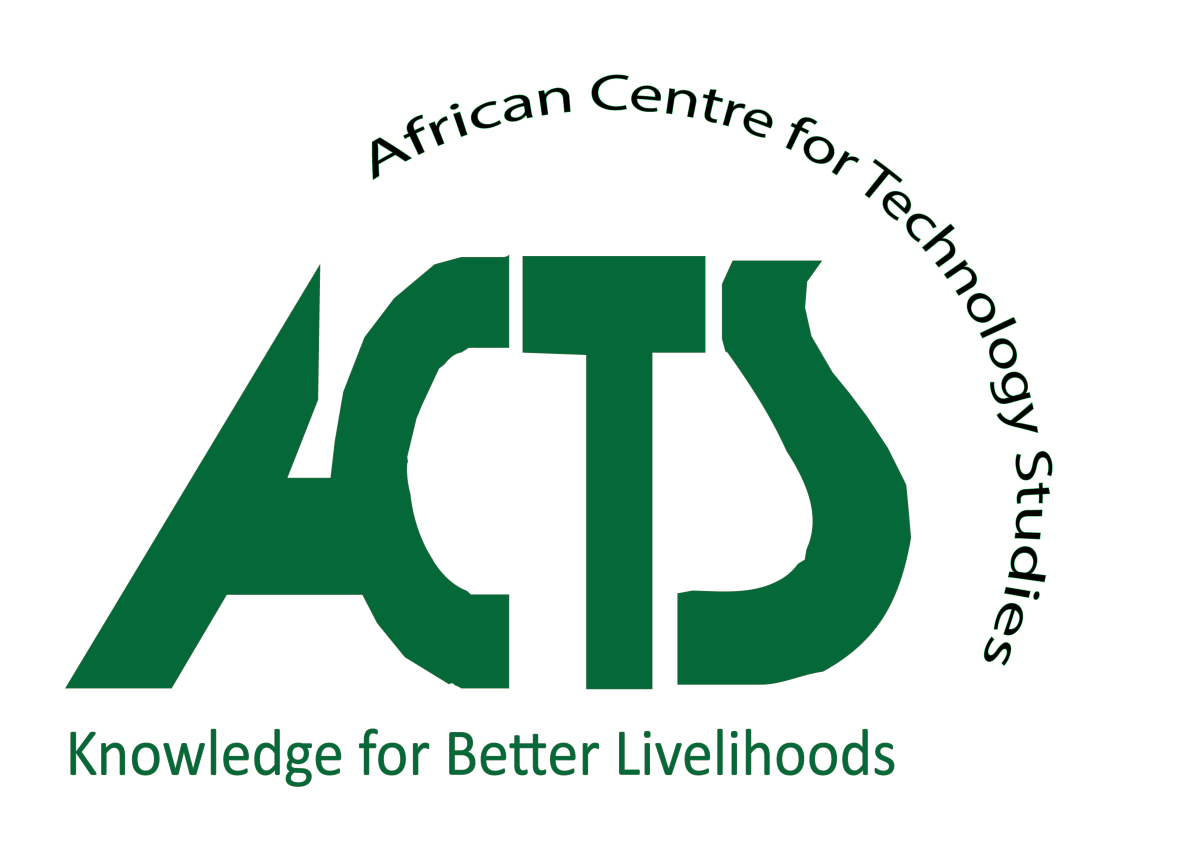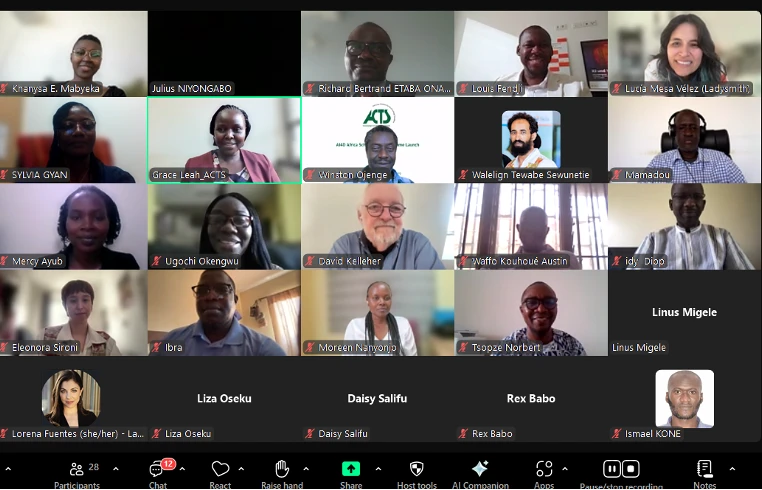By Peter Ongalo and Dorcas Kalele, African Centre for Technology Studies (ACTS)
A Game-Changer for Smallholder Farmers
Imagine working tirelessly to grow fresh, high-quality produce only to lose a significant portion of it due to post-harvest losses and a lack of access to suitable, sustainable cold chain infrastructure and a link to reliable markets. This has been the reality for many smallholder farmers in Kenya—until now—and is denying them the opportunity to realise profitability from their farms.
On March 25, 2025, the African Centre for Technology Studies (ACTS), in collaboration with the Clean Cooling Network (CCN), the Lari Horticultural Farmers’ Cooperative Society Limited (LHFCSL), and key stakeholders, launched Kenya’s first “Try Before You Buy” (TBYB) sustainable cooling and cold chain unit in Kinale, Lari Sub-County, Kiambu County as part of the Specialized Outreach and Knowledge Establishment model of CCN. This innovative solution promises to revolutionize post-harvest management, enhance the quality of produce, and increase market connectivity for local farmers.
The TBYB model is a transformative approach designed to demonstrate the value of sustainable cooling and cold chain solutions to smallholder farmers focused on horticultural production and linked value chain actors, and to make a business case for investment. By showcasing improved post-harvest management that reduces food loss, the TBYB approach aims to establish a financially viable business model that will encourage investment in Community Cooling Hubs (CCHs)—farmer-managed infrastructure that ensures produce quality, reduces post-harvest losses and unlocks market connectivity.

Why Sustainable Cooling Matters
Post-harvest losses continue to be a significant challenge for smallholder farmers, often resulting in wasted resources and financial hardships. The TBYB cooling and cold chain unit offers farmers the opportunity to experience firsthand the benefits of sustainable, energy-efficient cooling technologies before committing to full-scale adoption. This initiative is not just about storage and preservation—it’s about securing livelihoods, strengthening food systems, and creating a resilient agricultural sector that guarantees a sustainable future for smallholder farmers.
A Landmark Ribbon-Cutting Event
The TBYB launch event was a momentous occasion that brought together key stakeholders from the local government, the private sector, and development partners and farmers organized into a cooperative. The event sought to kick off operations of the hub where the smallholder farmers will undergo training and business support, coupled with access to sustainable cooling technologies to enhance their profitability in the horticultural value chains through improved post-harvest management, produce aggregation, and structured high-end market connections.
The event was graced by notable figures including David Kuria (CECM, Agriculture, Livestock & Irrigation, Kiambu County) and Prof. Tom Ogada (Executive Director, ACTS), who flagged off the first produce delivery to TAWI Packhouse—signifying the beginning of a new era in smallholder farming.


“This program will help farmers lose fewer crops after harvest and sell to more markets, increasing their income,” stated David Kuria.

Prof. Tom Ogada highlighted: “This is a significant milestone in transforming agricultural value chains. By integrating sustainable cooling solutions, we are empowering farmers with the tools they need to compete in premium markets while ensuring food security.”
Bringing Farmers and Market Players Together
A key highlight of the day was the Farmer’s Open forum, which allowed them to engage with financial service providers, market off-takers, and cooperative leadership. The event was attended by 43 farmers.
Farmers learned about market engagement strategies, the benefits of collective action, and how sustainable cooling can help them access premium markets beyond traditional roadside sales.

Real Impact: Farmers’ Voices
One farmer shared:
“We are excited to plant high-end produce, apart from spinach, kale, and cabbages, because we finally have a reliable market for it.”
Another added:
TAWI is paying on time, which makes us happy and motivated to be part of the project.
These testimonials highlight the importance of structured market engagement and value chain integration, enabling smallholder farmers to earn more from their produce while reducing post-harvest losses.
The Path Forward
The TBYB cooling hub launch is just the beginning. With the success of this initiative, ACTS, CCN, and LHFCSL envision expanding sustainable cooling solutions to more farming communities across Kenya. Indeed, the lessons learned from the initiative will be critical in the extension of the TBYB approach beyond Kenya. The TBYB initiative is not just about cooling—it’s about empowering farmers, transforming food systems, and securing livelihoods for future generations.




